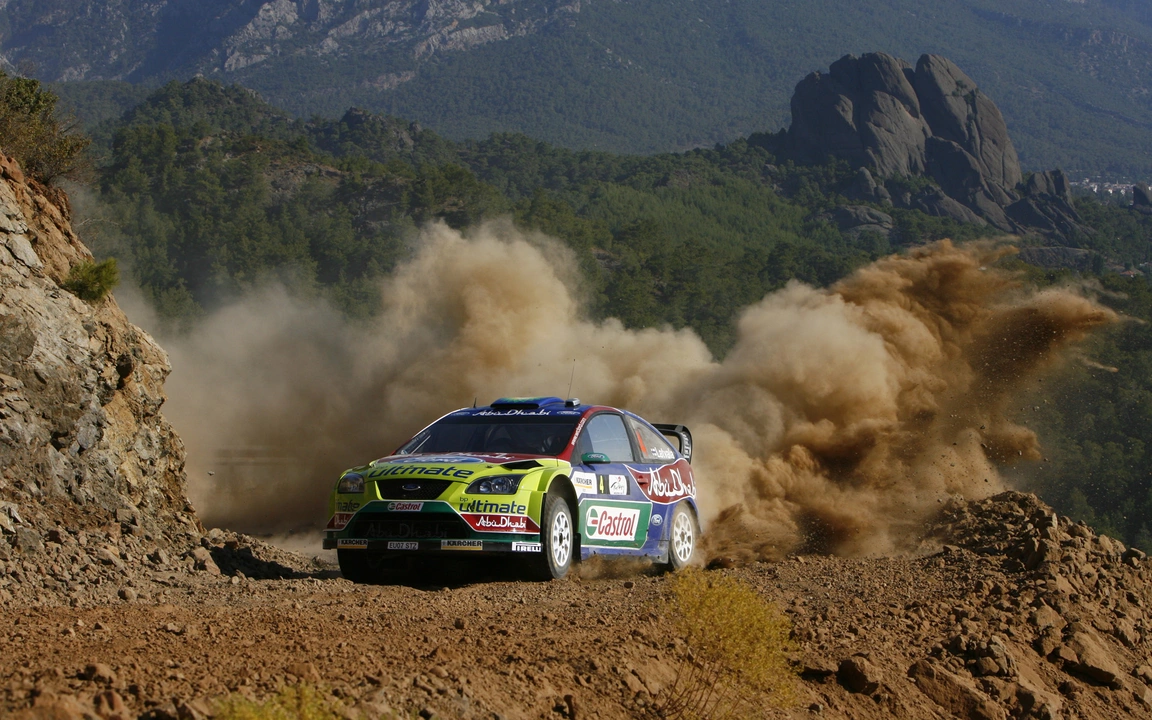Mastering Rally Corners: Simple Tricks to Stay Fast and Safe
Every rally driver knows that a corner can make or break a stage. One missed turn and you lose seconds; nail it, and you keep the rhythm. Below are down‑to‑earth tips that work on the tarmac, gravel, or snow. No jargon, just what you can try tomorrow on the track.
How to Approach a Corner
First, listen to your co‑driver. The pacenote tells you the angle, surface and any surprises ahead. Trust that information more than your gut – it’s the fastest way to plan the line. As you close in, brake in a straight line before you turn. This keeps the weight on the front wheels, giving you better grip when you swing the steering.
When you hit the turning point, ease off the throttle and let the car settle. If you’re on a loose surface, a light tap on the handbrake (the long stick the driver calls the "handbrake") helps rotate the rear wheels. Pull it just enough to lock the rear for a split second; the car will pivot and point where you want to go. Release quickly and get the throttle back to bring power to the front wheels.
Front‑wheel‑drive (FWD) cars can actually be handy in tight, slippery corners. The weight over the front axle gives you more pull, especially on ice. Just remember that too much power will push the front out, so modulate the throttle as you exit.
Gear Shifts and Tools that Help You Take Corners Faster
Most rally cars use a sequential gearbox. Unlike a regular H‑pattern, you push the shifter forward or pull it back for each gear – no hunting for the right slot. This means you can change gears in a split second as you enter or leave a bend, keeping the engine in its power band.
Couple the sequential box with a quick‑acting clutch or a dual‑clutch system, and you’ll notice smoother power delivery when you’re balancing on the edge of grip. The less you fight the car, the more confidence you have to carry speed through the corner.
Don’t forget tyre pressure. Slightly higher pressure on the inside tyre can reduce roll and make the car feel more planted. Adjust it based on the surface – lower for gravel, a bit higher for hard tarmac.
Finally, practice makes perfect. Find a quiet stage, run a few passes, and focus on one corner at a time. Try the handbrake technique on a low‑speed bend, then move to a faster one and experiment with gear timing. Each improvement adds up, and before you know it you’ll be shaving seconds off every stage.
Take these simple ideas, test them in a safe environment, and watch your cornering confidence grow. The next time you hear the pacenote ‘tight left, 50’, you’ll already have a plan in place – and that’s the real edge in rallying.
Why do rally cars drift around corners?
As a rally car enthusiast, I've always been fascinated by the way these cars drift around corners. From my understanding, there are a few key reasons behind this thrilling technique. Firstly, drifting allows drivers to maintain speed while navigating tight turns, thus reducing the time taken to complete the course. Additionally, the ability to control the car's weight transfer during a drift helps maintain traction, which is crucial for unpredictable terrains. Overall, drifting is not only a visually impressive skill, but also a practical and necessary driving technique for rally car racers.
Read MoreWhy do rally cars drift around corners?
Rally cars drift around corners due to their incredibly advanced driving techniques, which enable them to take corners at high speeds while maintaining control. This is often done by transferring the car's weight, creating a balance between the front and rear wheels. This technique allows the car to maintain traction and grip, even on slippery surfaces. The driver also must use the throttle to control the car's speed and direction, allowing them to round the corner with precision. This technique is not only thrilling to watch, but it also helps the driver to maintain control and finish the course quickly.
Read More


